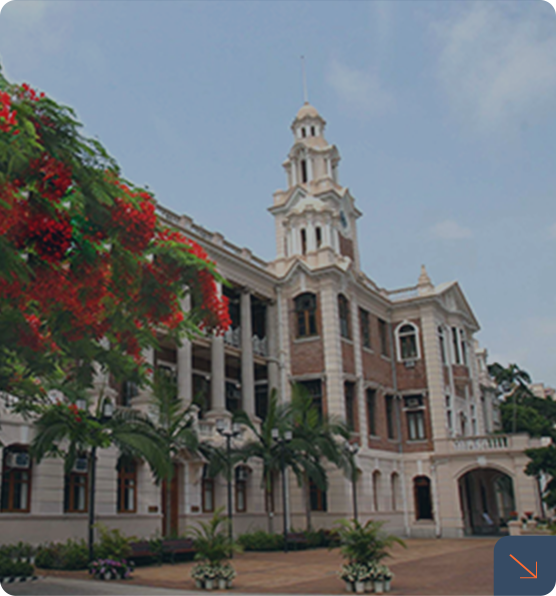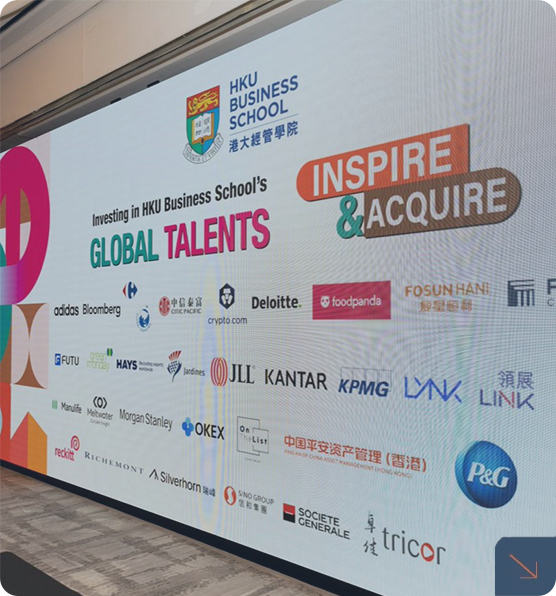To combat stress and burnout, employers are increasingly offering benefits like virtual mental health support, spontaneous days or even weeks off, meeting-free days, and flexible work scheduling. Despite these efforts and the increasing number of employees buying into the importance of wellness, the effort is lost if you don’t actually recover. So, if you feel like you’re burning out, what works when it comes to recovering from stress? The authors discuss the “recovery paradox” — that when our bodies and minds need to recover and reset the most, we’re the least likely and able to do something about it — and present five research-backed strategies for recovering from stress at work.

Prof. Bonnie Hayden CHENG
管理及商業策略
Associate Professor
MBA Programme Director
3910 2186
KK 1126
Publications
5Jul
5 Jul 2022
管理及商業策略
1May
研究人員發現焦慮與工作表現之間存在不一致的關係。儘管職場焦慮與工作表現呈負相關,而大多數人亦視職場焦慮為“黑暗面”,然而研究發現職場焦慮也有其“光明面”。本文通過一個名為職場焦慮理論 (TWA) 的綜合多層次、多路徑的職場模型,理順以往有關職場焦慮的研究。此模型強調職場焦慮可能削弱或促進工作表現的過程和條件,當中亦包括十九個理論性假設。借鑒以往有關焦慮、資源枯竭、認知動機處理和表現的理論,我們把情緒耗竭、自我調節處理和認知干擾視為處理職場焦慮和工作表現關係的截然不同的方式,並發現削弱或促進職場中性格焦慮和情境焦慮的特性。透過延伸理論模型,我們確定動機、能力和情商是導致職場焦慮的關鍵因素,有可能削弱或促進工作表現。同時,我們也發現引致性格焦慮和情境焦慮的員工、工作和情境的特徵。職場焦慮理論為研究職場焦慮提供新視野及奠定未來的職場研究基礎。
1 May 2018
Journal of Applied Psychology





